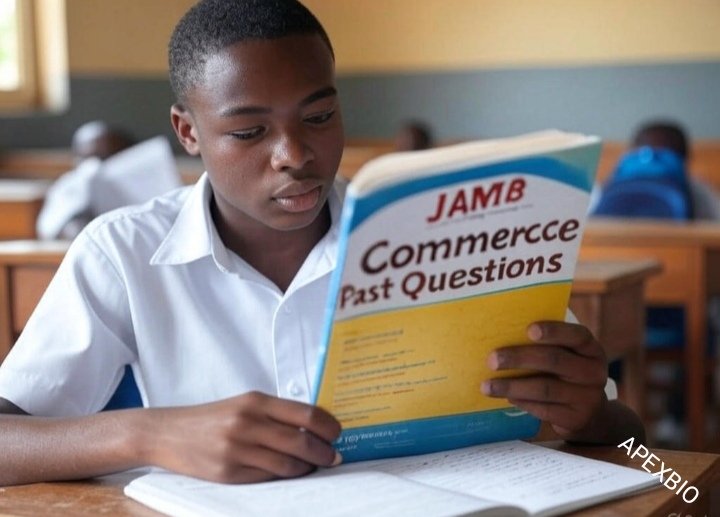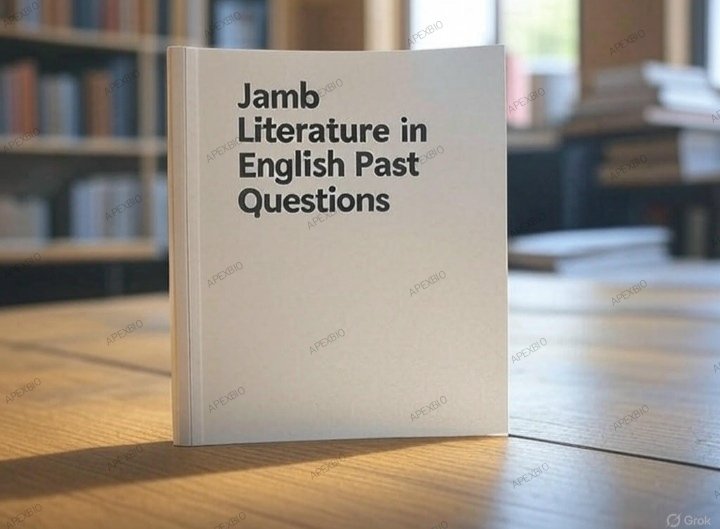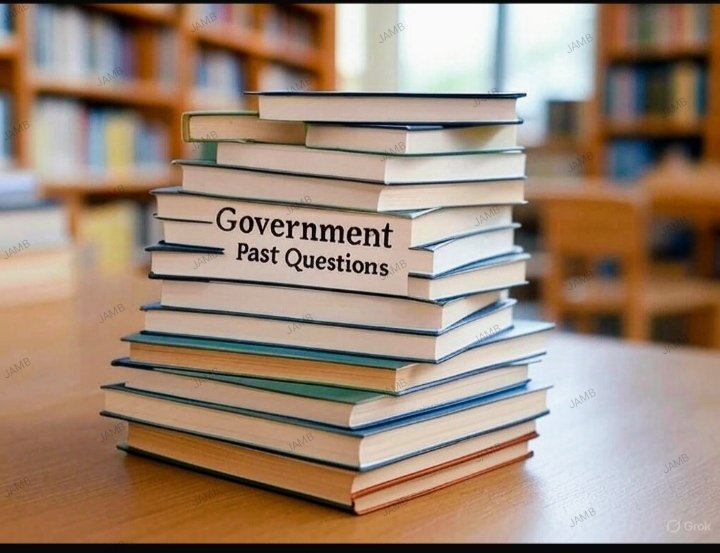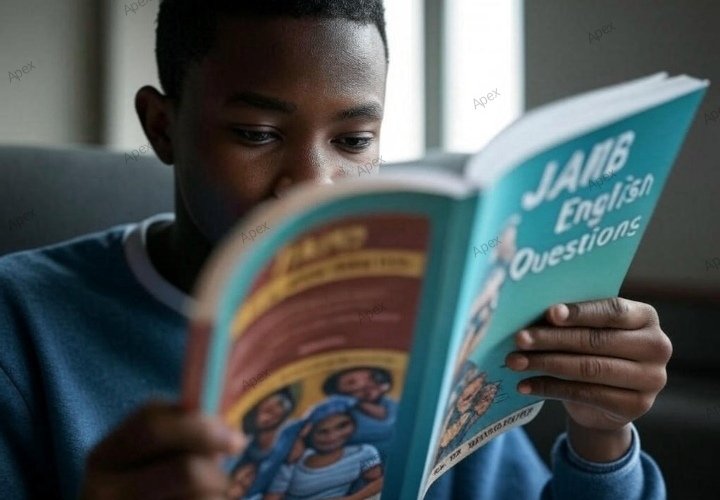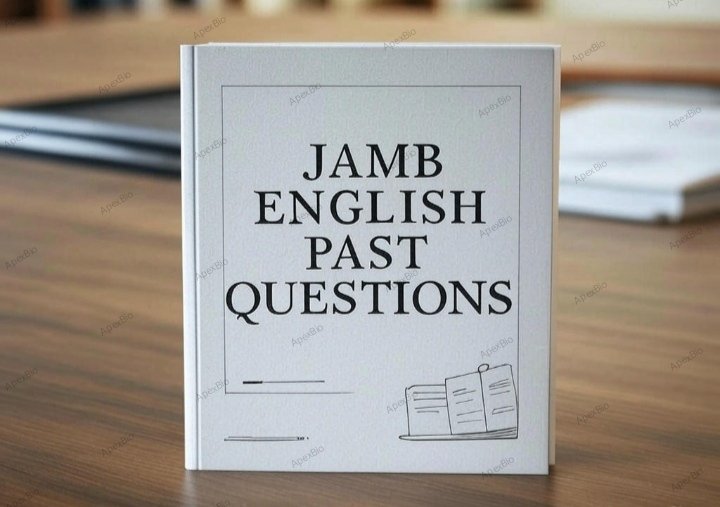Introduction to Commerce
Especially for students in the business and social science streams, commerce is a lively subject taught in Nigerian secondary schools. Retail, wholesale, e-commerce, and entrepreneurship are just a few of the topics it covers as it examines the world of trade, company operations, and the interchange of products and services. Students who want to pursue postsecondary studies in fields like business administration, marketing, finance, or supply chain management will find this course particularly beneficial. Because it gives students the practical knowledge required for these disciplines, it also carries a lot of weight in national exams like WAEC, NECO, and JAMB.
To understand Jamb Past Questions on Commerce, examining previous questions is a wise move for JAMB applicants pursuing commerce since the exam frequently revisits important subjects year after year. To do well on the tests and build a solid foundation for future academic or professional endeavours in the business sector, one must have a firm grasp of these often asked questions. Answers have been supplied to help you prepare, make studying easier, and increase your confidence.
Key Topics Covered in Secondary School on Jamb Past Questions on Commerce
1. Meaning and Scope of Commerce:
Commerce encompasses all activities related to the exchange of goods and services, and it is broadly divided into two areas: trade, which focusses on buying and selling, and aids to trade, which includes services that support business activities like banking, insurance, transportation, and advertising. Commerce is an important subject in secondary schools because it introduces students to business, trade,
2. Trade and Its Types
Commerce is based on trade, which can be divided into two categories: domestic trade, which includes retail trade, which involves selling goods to consumers in small quantities, and wholesale trade, which involves purchasing goods in bulk and selling them to retailers; and international trade, which includes transactions between nations and includes import trade, export trade, and entrepôt trade.
3. Aids to Trade
Jamb Past Questions on Commerce Services that facilitate and improve the efficiency of business operations are known as aids to trade. These include warehousing, which stores goods prior to distribution; banking, which offers loans and handles payments; insurance, which shields companies from risks like theft and accidents; transportation, which transports goods by air, sea, rail, or road; communication, which facilitates business-to-business interactions with partners and customers; and advertising, which markets goods and services to consumers.
Reoccuring topics in Jamb Past Questions on Commerce
A sole proprietorship is owned and operated by one person; a partnership is a partnership in which two or more people share ownership and responsibilities; a limited liability company (LLC) is a business that is legally distinct from its owners and can be either private or public; a cooperative society is a business that is owned and operated by members for mutual benefit; and a public enterprise is a business that is owned and operated by the government to provide essential services. This aspect is often repeated in Jamb Past Questions on Commerce. Each of these business ownership types has pros and cons.
Banks play a crucial role in managing business finances by providing deposit accounts, loans, and payment services. There are various types of bank accounts, such as savings accounts, current accounts, and fixed deposit accounts. With technological advancements, electronic banking services like ATMs, mobile banking, and online transactions have become commonplace. The stock exchange is a financial market where companies raise money by selling shares to the public. Both individuals and businesses.
Insurance helps people and businesses manage risks by offering financial protection against losses. There are various types of insurance, such as health, life, fire, and auto insurance. The principles of insurance, such as indemnity (compensation for losses) and utmost good faith (honesty in providing information), ensure fairness in the industry. Insurance is essential for protecting businesses from unexpected financial setbacks. Businesses use a variety of communication methods, including meetings, phone calls, emails, and social media. Communication barriers, such as poor internet connections, misunderstandings, and language barriers, can affect business efficiency.
Dealing with both Questions relating to Consumer Protection in Jamb Past Questions on Commerce
For fair business practices to be maintained, consumers’ rights must be upheld. Fair pricing, safety, and high-quality products are all part of the rights of consumers. Customers are also accountable for things like following usage guidelines, preserving receipts, and examining the quality of the products they purchase. The goal of several consumer protection organisations is to protect customers’ interests and stop companies from taking advantage of them. Due to its ability to foster innovation and employment creation, entrepreneurship is essential to economic growth. When starting and running a firm, entrepreneurs frequently take chances to create novel goods and services. Creativity, tenacity, and problem-solving abilities are characteristics of prosperous business owners. Entrepreneurship is essential for spotting business possibilities and boosting the economy by producing commodities, creating jobs, and generating income.
Questions on Jamb Past Questions on Commerce
1. Commerce can be defined as the study of
(a) Industry and trade
(b) Buying and selling
(c) Production and distribution of goods and services
(d) Banking and finance
The correct answer is: (c) Production and distribution of goods and services
2. Which of the following is NOT a commercial activity?
(a) Banking
(b) Teaching
(c) Insurance
(d) Retailing
The correct answer is: (b) Teaching
3. The chain of distribution includes all EXCEPT
(a) Manufacturers
(b) Consumers
(c) Wholesalers
(d) Teachers
The correct answer is: (d) Teachers
4. The two main branches of commerce are
(a) Trade and industry
(b) Home trade and foreign trade
(c) Trade and aids to trade
(d) Buying and selling
The correct answer is: (c) Trade and aids to trade
5. Which of these is a type of home trade?
(a) Export trade
(b) Import trade
(c) Wholesale trade
(d) Entrepôt trade
The correct answer is: (c) Wholesale trade
6. The document sent by a seller to a buyer showing details of goods sold and their prices is
(a) An invoice
(b) A delivery note
(c) A receipt
(d) A statement
The correct answer is: (a) An invoice
7. The ultimate aim of production is to
(a) Make a profit
(b) Satisfy human wants
(c) Reduce costs
(d) Increase employment
The correct answer is: (b) Satisfy human wants
8. A contract of indemnity is usually associated with
(a) Marine insurance
(b) Fire insurance
(c) Life assurance
(d) Health insurance
The correct answer is: (b) Fire insurance
9. What is the main function of a retailer?
(a) To produce goods
(b) To sell goods to consumers
(c) To store goods for wholesalers
(d) To transport goods to consumers
The correct answer is: (b) To sell goods to consumers
10. A middleman who brings buyers and sellers together but does not take ownership of the goods is a
(a) Broker
(b) Wholesaler
(c) Retailer
(d) Manufacturer
The correct answer is: (a) Broker
Read about science related courses like Physics on our page
11. A country’s balance of trade is the difference between
(a) Imports and exports
(b) Visible and invisible trade
(c) Exports and imports of goods only
(d) Exports and imports of services only
The correct answer is: (c) Exports and imports of goods only
12. Which of these is NOT an aid to trade?
(a) Transport
(b) Warehousing
(c) Insurance
(d) Mining
The correct answer is: (d) Mining
JOIN US ON THESE SOCIAL MEDIA PLATFORMS
Twitter@apexbio24
13. A public corporation is owned by
(a) Private individuals
(b) The government
(c) Shareholders
(d) Foreign investors
The correct answer is: (b) The government
14. An overdraft facility is a type of
(a) Loan
(b) Credit
(c) Investment
(d) Deposit
The correct answer is: (b) Credit
15. The main objective of marketing is to
(a) Maximize profits
(b) Increase sales volume
(c) Satisfy consumer needs
(d) Reduce competition
The correct answer is: (c) Satisfy consumer needs
16. What does division of labour result in?
(a) Increased skill in performing a task
(b) Increased production time
(c) Decreased efficiency
(d) Reduced unemployment
The correct answer is: (a) Increased skill in performing a task
17. The type of advertising aimed at promoting a company’s image is
(a) Informative advertising
(b) Persuasive advertising
(c) Institutional advertising
(d) Product advertising
The correct answer is: (c) Institutional advertising
Read about art inclined jamb past questions
18. The primary objective of a sole proprietorship is to
(a) Maximize profit
(b) Provide social services
(c) Minimize costs
(d) Eliminate competition
The correct answer is: (a) Maximize profit
19. A written agreement between an insurer and an insured is called
(a) A policy
(b) A cover note
(c) A proposal form
(d) A claim form
The correct answer is: (a) A policy
20. The head office of the World Trade Organization (WTO) is located in
(a) Geneva
(b) Washington, D.C.
(c) Paris
(d) London
The correct answer is: (a) Geneva
21. Which of the following is NOT a feature of a sole proprietorship?
(a) Unlimited liability
(b) Ownership by one person
(c) Quick decision-making
(d) Easy transfer of ownership
The correct answer is: (d) Easy transfer of ownership
22. Which type of market is characterized by a single seller?
(a) Perfect competition
(b) Monopoly
(c) Oligopoly
(d) Monopsony
The correct answer is: (b) Monopoly
23. One of the disadvantages of barter trade is
(a) A common medium of exchange
(b) The difficulty in determining value
(c) Lack of specialization
(d) A surplus of goods
The correct answer is: (b) The difficulty in determining value
24. The most liquid asset in business is
(a) Stock
(b) Cash
(c) Equipment
(d) Land
The correct answer is: (b) Cash
25. The person to whom a cheque is made payable is called the
(a) Drawee
(b) Drawer
(c) Payee
(d) Banker
The correct answer is: (c) Payee
Don’t don’t be deceived by fake information about JAMB. You can get clarification on thier website.
26. A partnership with no limit to the number of partners is called a
(a) General partnership
(b) Limited liability partnership
(c) Unlimited partnership
(d) Nominal partnership
The correct answer is: (b) Limited liability partnership
27. The factor of production that involves human effort is
(a) Labour
(b) Land
(c) Capital
(d) Entrepreneurship
The correct answer is: (a) Labour
28. The movement of goods from producers to consumers is called
(a) Distribution
(b) Marketing
(c) Warehousing
(d) Packaging
The correct answer is: (a) Distribution
29. A contract can be discharged by all EXCEPT
(a) Performance
(b) Breach
(c) Agreement
(d) Refusal
The correct answer is: (d) Refusal
30. The process of merging two or more businesses into one is called
(a) Acquisition
(b) Amalgamation
(c) Privatization
(d) Joint venture
The correct answer is: (b) Amalgamation
Read about the approved novel for JAMB 2025.
31. Which of the following is an example of fixed capital?
(a) Machinery
(b) Raw materials
(c) Cash at hand
(d) Finished goods
The correct answer is: (a) Machinery
.
32. The term “creditworthiness” refers to
(a) The ability to repay debts
(b) The level of savings
(c) A person’s wealth
(d) A person’s credit limit
The correct answer is: (a) The ability to repay debts
33. A document used to demand payment from a debtor is a
(a) Receipt
(b) Invoice
(c) Debit note
(d) Credit note
The correct answer is: (b) Invoice
34. A demand curve usually slopes
(a) Upward to the right
(b) Downward to the right
(c) Upward to the left
(d) Downward to the left
The correct answer is: (b) Downward to the right
35. The act of sending goods to a foreign country for sale is called
(a) Exporting
(b) Importing
(c) Entrepôt trade
(d) Retailing
The correct answer is: (a) Exporting
36. A legal tender is
(a) A cheque
(b) Cash that must be accepted in payment of debts
(c) A bill of exchange
(d) A promissory note
The correct answer is: (b) Cash that must be accepted in payment of debts
37. Which of the following is an example of an invisible trade?
(a) Exporting cars
(b) Importing oil
(c) Banking services to foreigners
(d) Exporting minerals
The correct answer is: (c) Banking services to foreigners
38. A payment made in advance by a buyer to a seller is called
(a) Loan
(b) Deposit
(c) Commission
(d) Credit
The correct answer is: (b) Deposit
39. The government agency responsible for registering businesses in most countries is the
(a) Ministry of Finance
(b) Department of Commerce
(c) Corporate Affairs Commission
(d) Customs and Excise
The correct answer is: (c) Corporate Affairs Commission
40. The stock exchange is an example of a
(a) Primary market
(b) Secondary market
(c) Wholesale market
(d) Retail market
The correct answer is: (b) Secondary market
